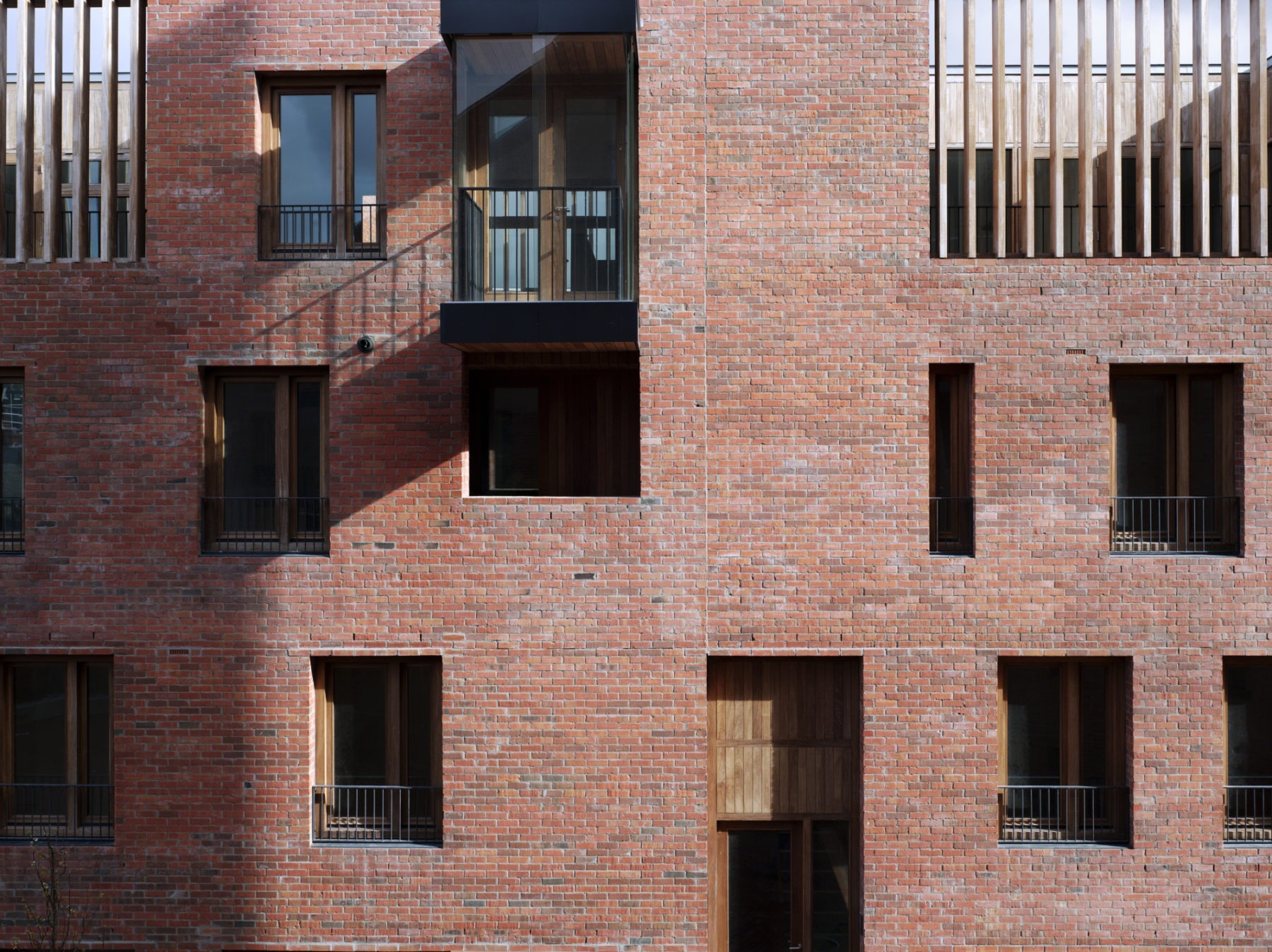A housing system has two components: the market component and the non-market component. A healthy housing system needs its market and non-market elements to be responsive, in aggregate, to housing need – and not just market demand. In my last piece I wrote about housing need, as opposed to housing demand. Given changes in the household-forming population as well as household size and obsolescence, the scale of that need in Ireland over coming decades could be as high as 60,000 homes a year. I also described a simple framework – shown again below – to guide policymakers as they seek to…
Cancel at any time. Are you already a member? Log in here.
Want to read the full story?
Unlock this article – and everything else on The Currency – with an annual membership and receive a free Samsonite Upscape suitcase, retailing at €235, delivered to your door.

